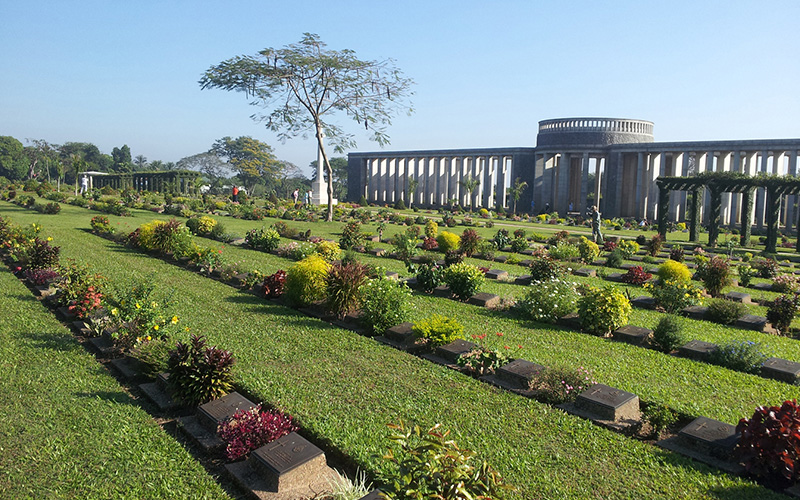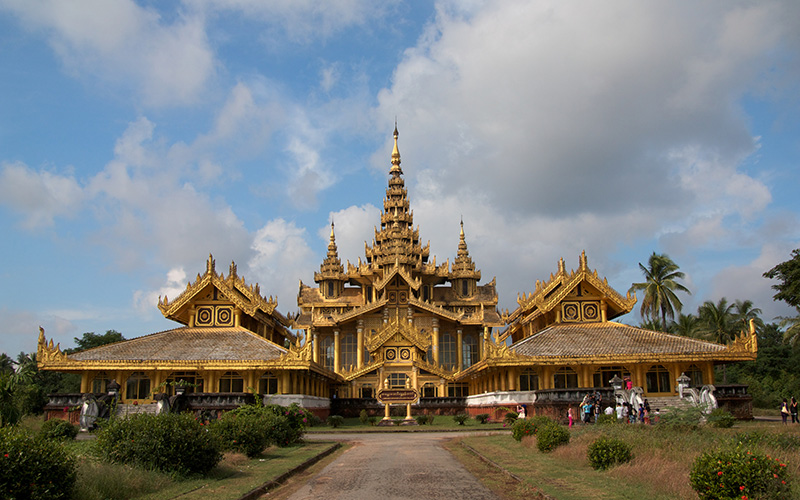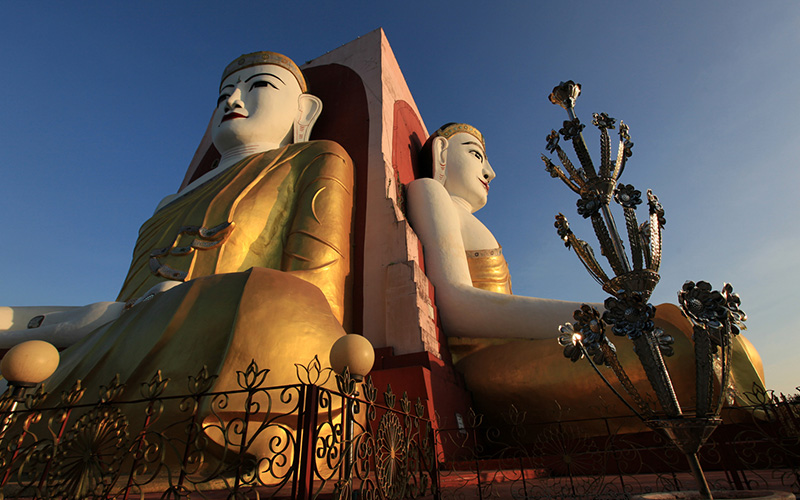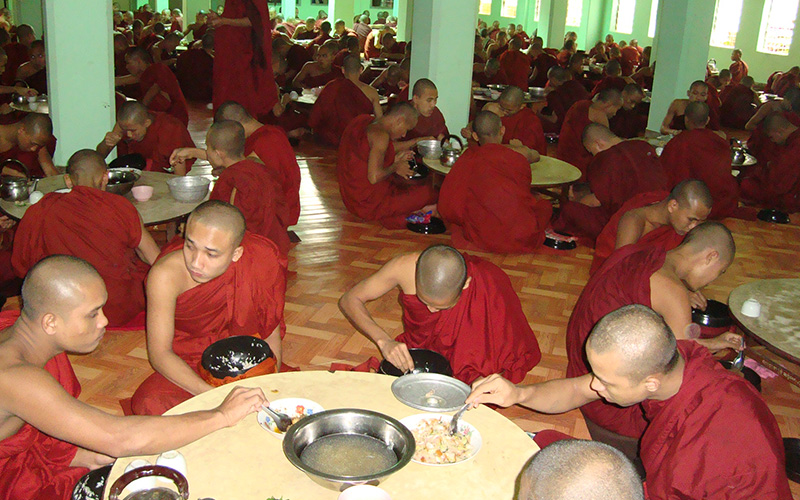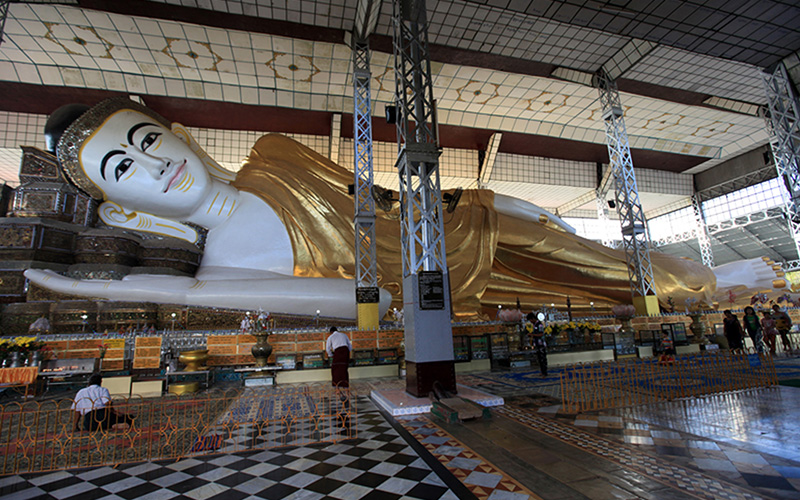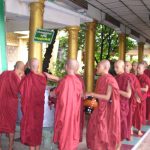A two-hours journey from Yangon lies Bago, the ancient capital of the Mon Kingdom and a storehouse of Burmese culture. The city was established in 1369 by King Byinnya and experienced its Golden Age between 1385 and 1635. When the Pegu River changed its course, the city was cut off from the sea and gradually lost its importance.
The Mon Kingdom was powerful in Myanmar from the 9th to the 11th and from the 13th to the 16th century and for a brief period in the mid-18th century. Discover historical and buddhist monuments in Bago and here are highlights of Bago.
Top Sites in Bago
-
 Kyakhatwine Monastery
Kyakhatwine Monastery -
 Shwemawdaw Pagoda
Shwemawdaw Pagoda ![]()
The pagoda is one of the most venerated and impressive monuments in Southeast Asia, with origins dating back a thousand years. Severely damaged by earthquakes, the structure was rebuilt between 1952 and 1954 to its original glory. A soaring golden dome makes it the highest pagoda in Myanmar and one of its main attractions.
-
 Shwethalyaung Buddha
Shwethalyaung Buddha ![]()
Bago’s most famous site, the Shwe-tha-lyaung Buddha. The serene reclining Buddha measures an impressive 180 feet long and 52 feet high making it the second biggest Buddha in the world. Appreciate time to marvel at the sheer size and beauty of the structure. The walkway up to the viewing platform is crowded with souvenir and handicraft stalls.
-
 Kanbawzathadi Palace
Kanbawzathadi Palace ![]()
The original site of Hanthawaddy, which surrounded a former Mon place, was excavated just south of the huge Shwemawdaw Paya in Myanmar Bago. Walled in the Mon style, the square city measured 1.8 km along each side and has 20 gates. The palace compound in the center, known as Kanbawzathadi, housed Myanmar King Bayinnaung from 1553 to 1599 and covered 82 hectares. About 26 hectares of this area has been excavated. The small, well-stocked, octagon-shaped museum displays Mon, Siamese and Myanmar Bagan style buddhas, clay tobacco pipes, glazed tiles and pots, bronze weights and scales, pieces of the original teak stockade and weaponry.
-
 Kyaik Pun Pagoda
Kyaik Pun Pagoda ![]()
Kyaik Pun Pagoda is in the form of four gigantic Buddha images all in sitting posture facing the four cardinal points of the compass. They are seated back to back against a massive brick pillar. This unusual and impressive pagoda is only a few hundred feet off the Yangon-Bago road. It was built by King Dhamma Zedi in the 15 Century. It is a perfect place to capture excellent photo points.
-
 World War II Cemetery
World War II Cemetery ![]()
Htaukkyant World War II Cemetery, also called the British War Cemetery, is one of the biggest cemeteries in Myanmar. Located at Htaukkyant, about 32 km from Yangon on the road to Bago, there is a memorial cemetery of Allied soldiers who died in the Burma Campaign during World War II. The cemetery’s beautifully kept compound has 27,000 tombstones of fallen commonwealth and allied soldiers.
